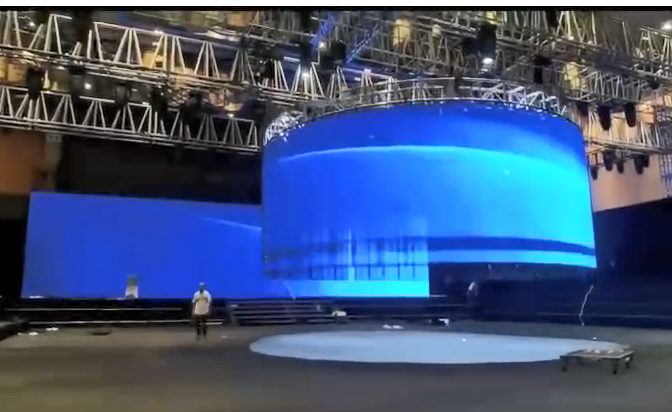Email format error
Email cannot be empty
Email already exists
6-20 characters(letters plus numbers only)
The password is inconsistent
Email format error
Email cannot be empty
Email does not exist
6-20 characters(letters plus numbers only)
The password is inconsistent

News
Here, you can describe a piece of text you want to express

Holographic Screens: Market Trends and Investment Opportunities
In recent years, holographic screens have emerged as one of the most exciting technological innovations, poised to reshape various industries, from entertainment and gaming to healthcare and education. With advancements in display technology, the potential for holographic screens to transform how we interact with digital content is enormous. In this article, we will explore the current market trends surrounding holographic screens and the investment opportunities they present.
Current Market Trends in Holographic Screens
- Rising Demand Across Industries
Holographic technology is being embraced by a wide range of industries. In entertainment, movies, and video games, holographic displays offer an immersive experience that traditional screens cannot match. In retail, brands are beginning to use holograms for product displays and interactive advertisements. Additionally, the healthcare industry has started integrating 3D imaging and holography for medical diagnostics and surgical training.
- Advancements in Technology
The development of holographic displays has progressed rapidly in recent years. Companies are now working on making holographic screens more affordable, compact, and capable of higher resolutions. The use of light field technology, combined with advances in optics and artificial intelligence, has brought us closer to realistic and interactive holographic experiences. The ability to create 3D images visible to the naked eye without special glasses is a game-changer.
- Integration with AR and VR
The combination of holographic screens with augmented reality (AR) and virtual reality (VR) is a significant trend in the market. As AR and VR continue to grow, holographic displays are becoming a natural extension of these technologies. By allowing users to interact with 3D objects in real space, holograms will enhance AR and VR experiences, further pushing the boundaries of immersive technology.
Investment Opportunities in Holographic Screens
- Tech Startups and R&D Investments
Tech startups focused on developing new holographic display technologies represent a strong investment opportunity. These companies are working on groundbreaking solutions that could define the future of holography. Venture capital firms and angel investors can benefit from early-stage investments in such startups, especially as these technologies progress toward commercialization.
- Manufacturers of Holographic Displays
As demand for holographic displays increases, manufacturers who can produce these screens efficiently and at scale will become key players. Companies involved in producing the hardware for holographic displays, including optics, sensors, and light field technology, are likely to see strong growth. Investors should keep an eye on companies that have established partnerships with major tech firms or have a proven track record in display technology.
- Holographic Content Creation
As holographic displays become more mainstream, there will be a growing demand for content created specifically for this medium. Content creators who specialize in 3D design, animation, and visual effects will be essential to this ecosystem. Additionally, there is a significant opportunity in the development of holographic content management platforms, which will allow businesses to manage and distribute 3D holographic media.
Conclusion
The market for holographic screens is still in its early stages, but the potential for growth is enormous. With applications spanning a variety of industries, the demand for holographic technology is set to increase in the coming years. Investors who are able to identify promising startups, manufacturers, and content creators in this space have the opportunity to capitalize on a burgeoning market. As technology continues to evolve, holographic screens will likely become a core component of our digital experiences.

